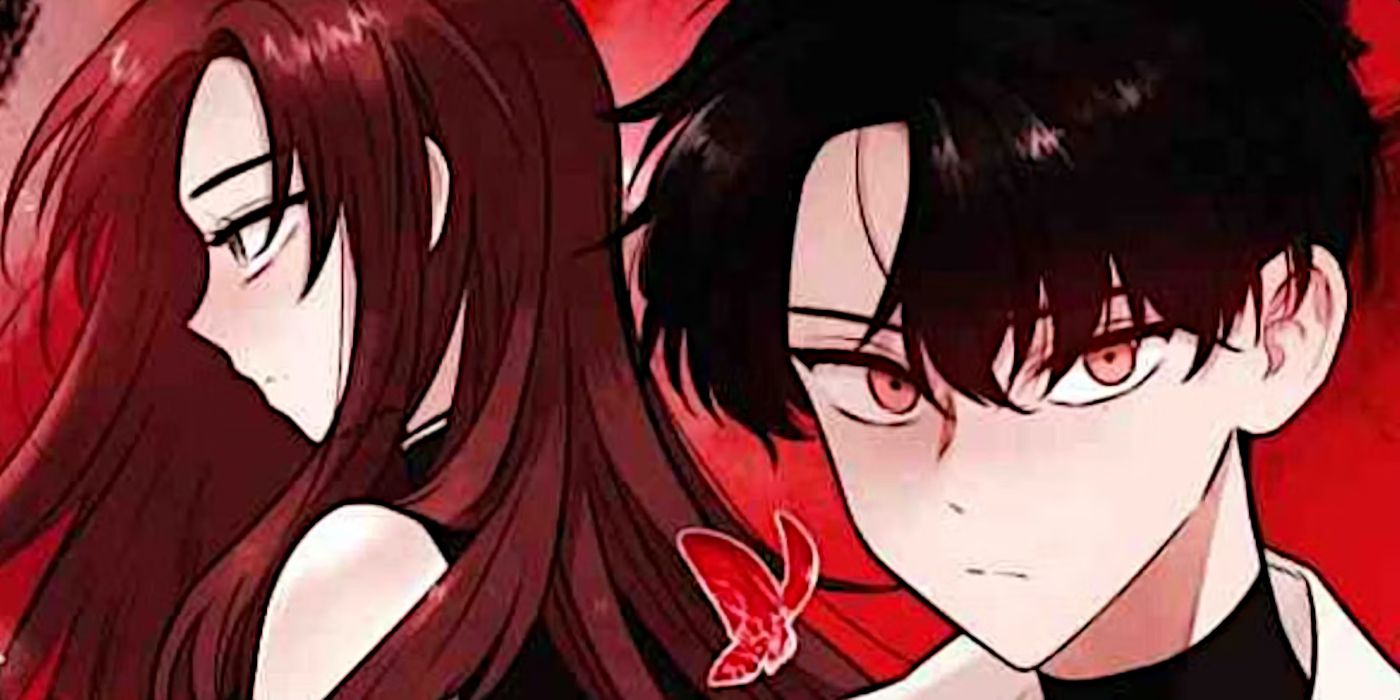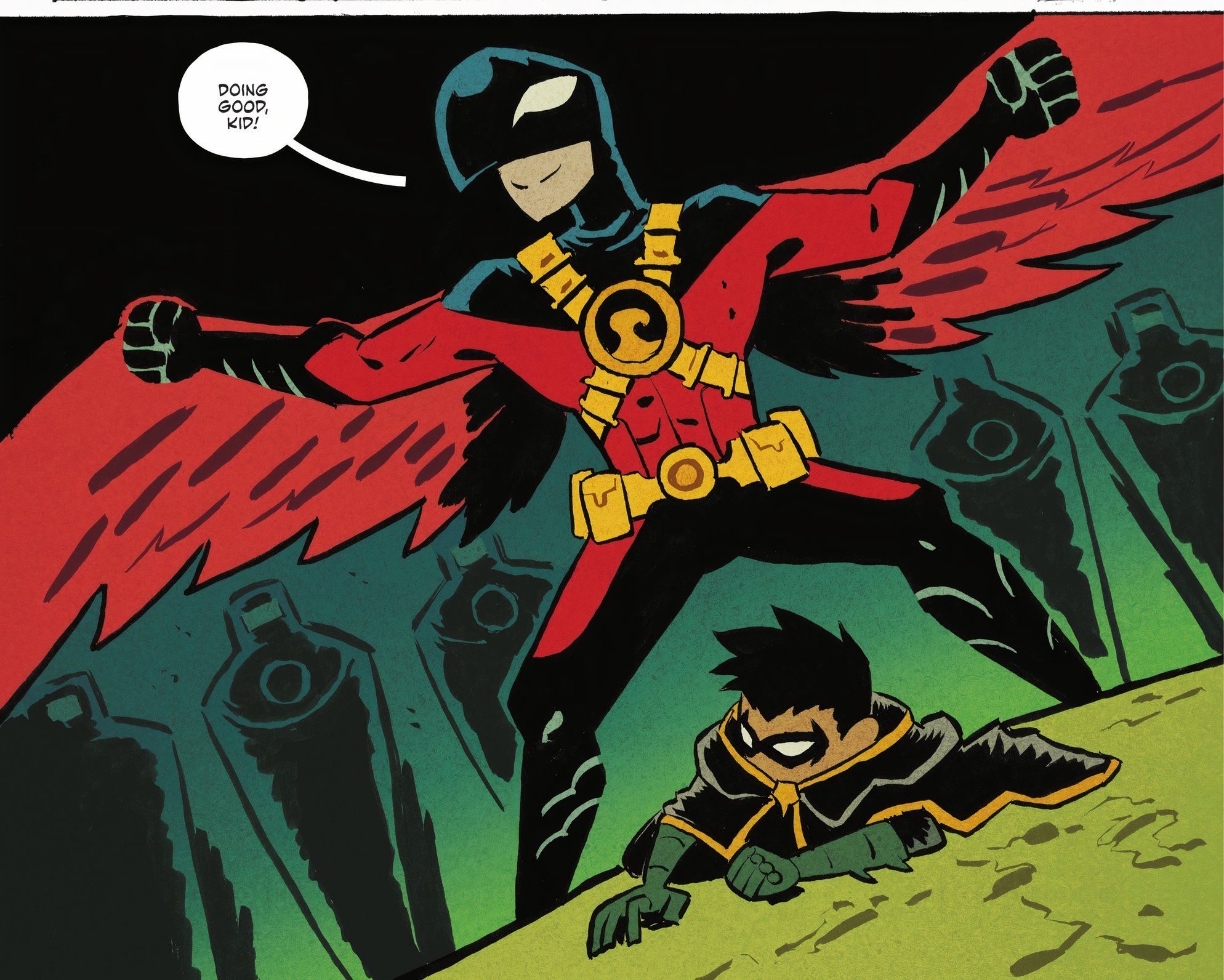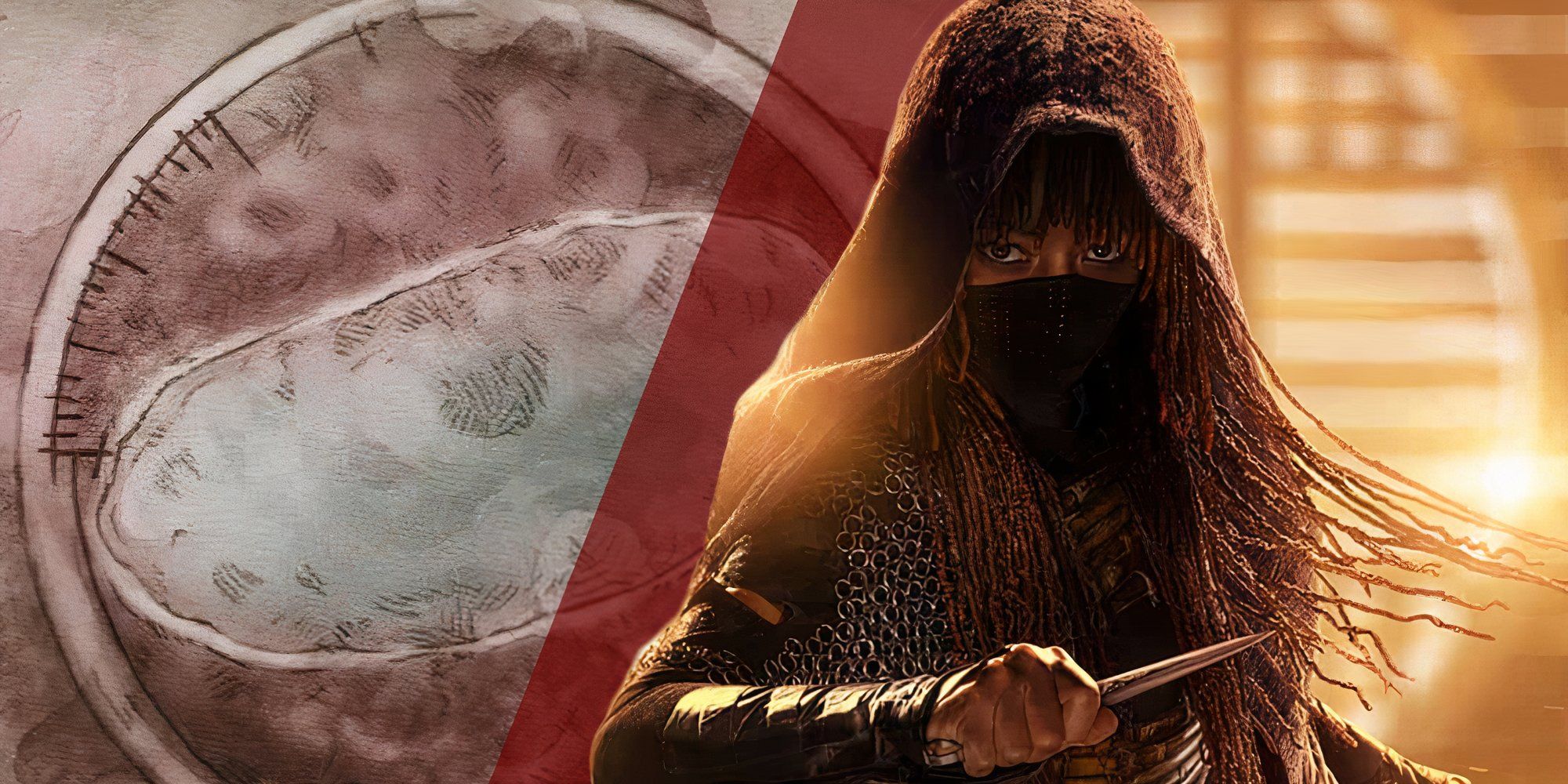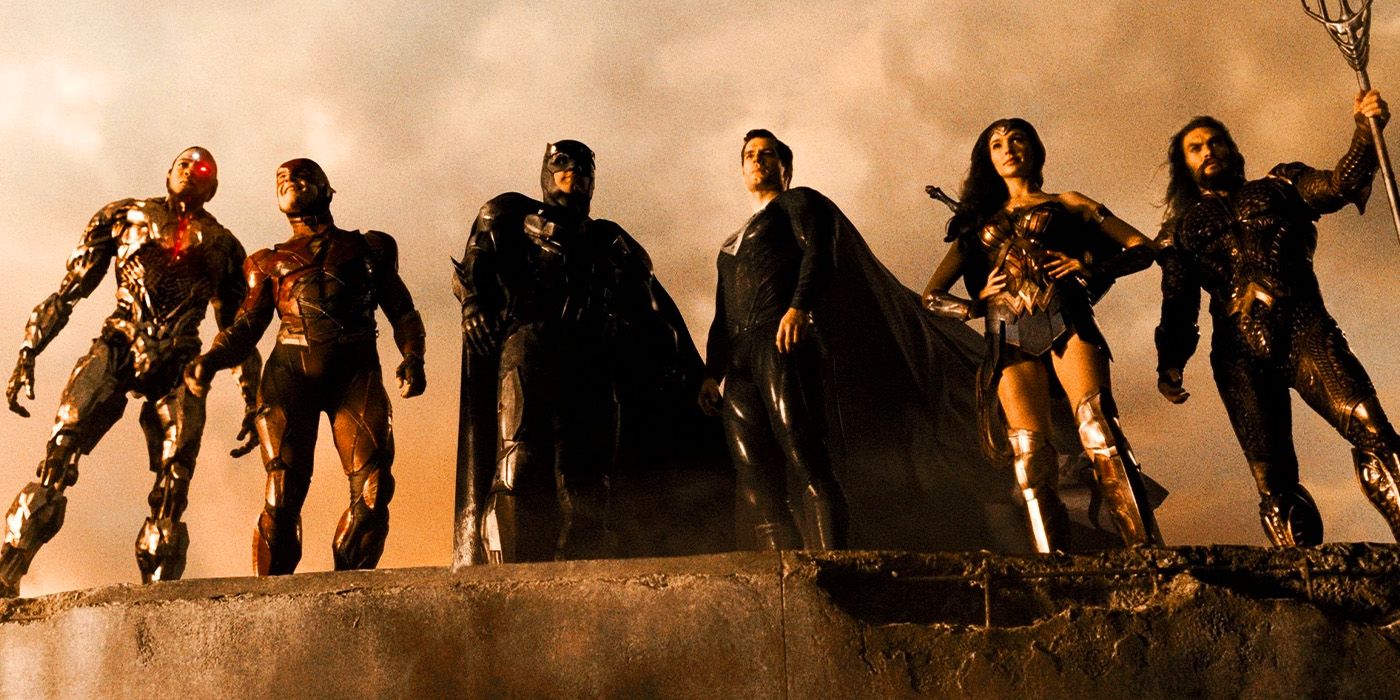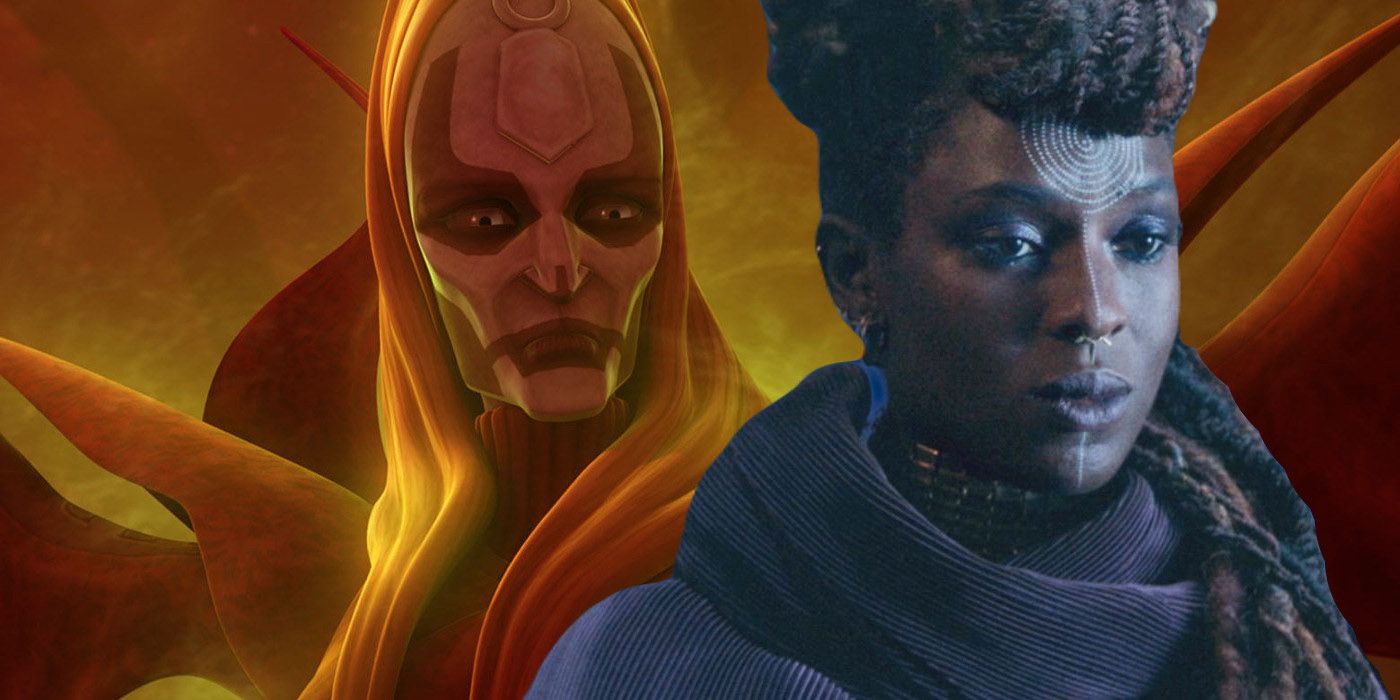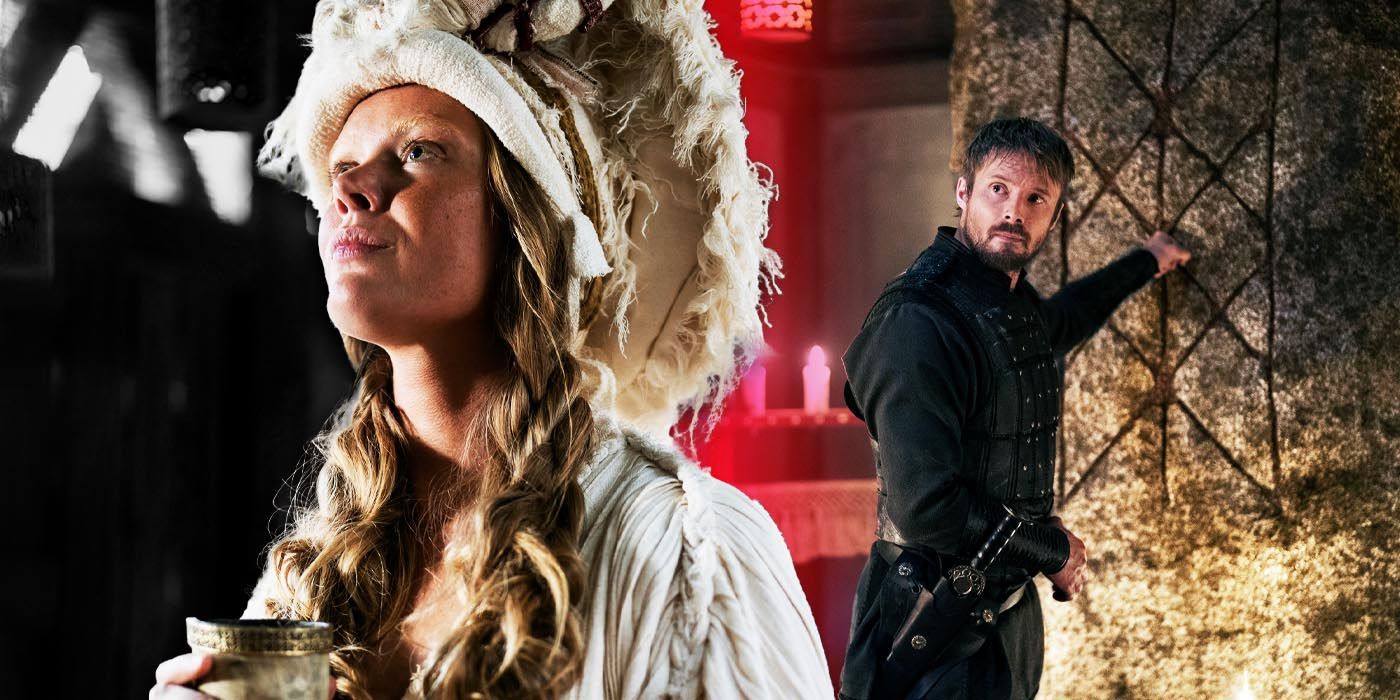Warning: Spoilers for Fallout season 1
Rather than just pull from the video games it’s based on, Fallout also borrowed heavily from a 1960s Western classic. As a TV adaptation of a popular video game franchise with a history that extends back to the 1990s, Amazon’s show had no shortage of concepts, monsters, and locations to work with when it came to bringing its story to life on the small screen. The amount of lore in the Fallout universe naturally paved the way for all sorts of major references, but surprisingly, Fallout’s Easter eggs wound up going far beyond the source material.
Given the lawless nature of a post-apocalyptic landscape, it makes sense that if Fallout were to bear similarities to anything outside the video game franchise, it would be the Western genre. While traditional Westerns are devoid of irradiated creatures, futuristic vehicles, and highly advanced weaponry like Fallout’s Power Armor, there are some noteworthy, thematic connections. However, Fallout doesn’t simply feel like a Western story; it takes a great deal of inspiration from one Western in particular.
Fallout’s Main Characters Mirror The Central Trio In The Good, The Bad, And The Ugly
There are massive connections between the protagonists
There are a number of parallels between Fallout and The Good, the Bad, and the Ugly, beginning with the show’s introduction of Fallout’s cast of characters. The link becomes apparent even before their roles are fully established, as Lucy and Maximus’ respective storylines began with a brief graphic that highlighted their names. It technically introduced the Ghoul first via the scene set in the past, but stopped short of naming him until after he had killed the bounty hunters in the graveyard.
This approach closely mirrored what The Good, the Bad, and the Ugly did with its central trio (Clint Eastwood’s The Man With No Name, Lee Van Cleef’s Angel Eyes, and Eli Wallach’s Tuco). In addition to how it plastered labels of “The Good,” “The Bad“, and “The Ugly” onto an early scene with each character, it carefully timed them with the pacing of the story. It only identified Angel Eyes as “The Bad” of the film after he committed his first murders, not at all unlike Fallout’s introduction of the Ghoul.
The decision to copy this aspect of The Good, the Bad, and Ugly is an appropriate one when looking at the formula of the two stories. Both are driven by a trio of characters, with each member working toward an individual goal. Their interests do align at certain points in the narrative, but they’re ultimately on their own paths. They also represent different sides of the moral spectrum; The Man With No Name and Lucy are the clear-cut heroes, Tuco and Maximus are the wild cards, and the Ghoul and Angel Eyes are the ruthless killers.
Fallout Copied Key Scenes From The Good, The Bad, and The Ugly
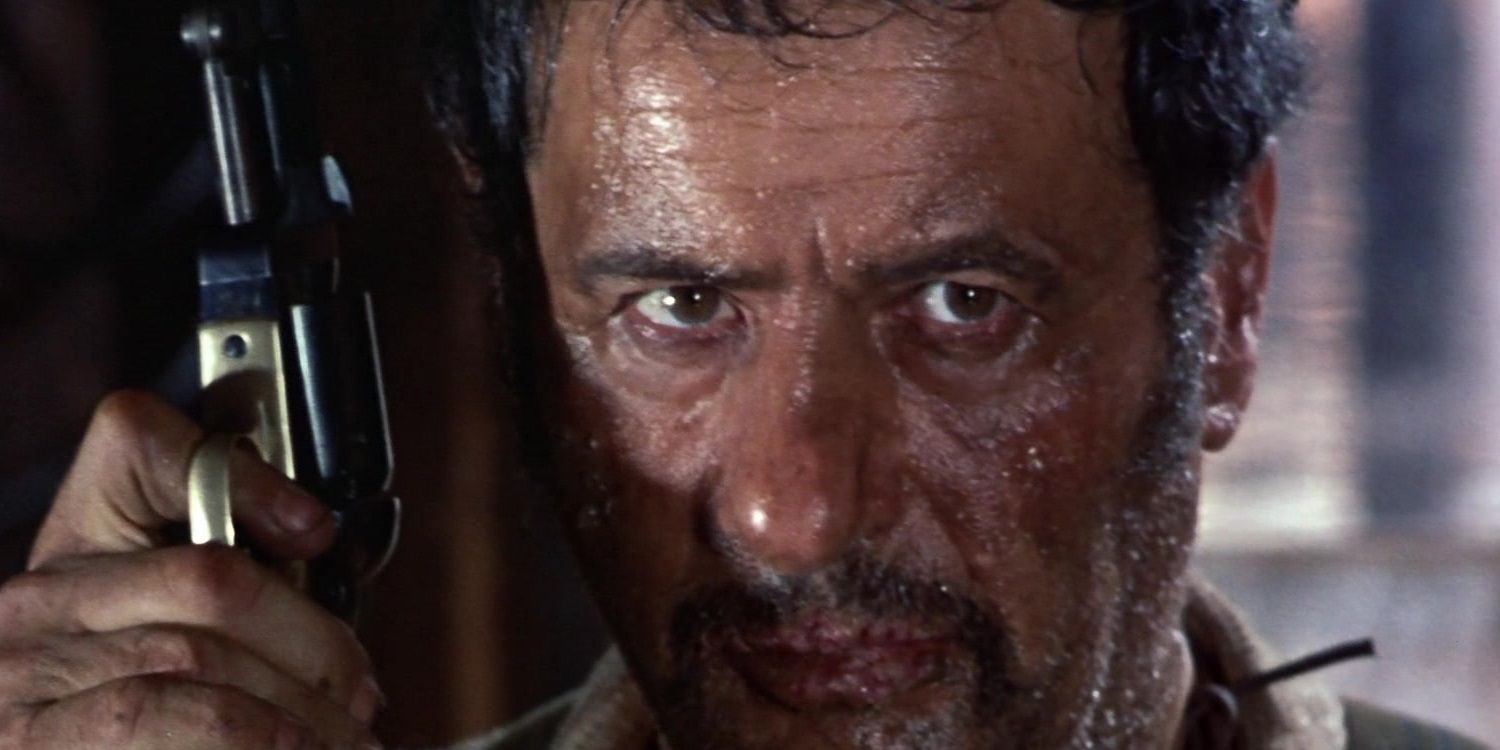
Using the already-established connection to The Good, the Bad, and the Ugly to its advantage, Fallout even went as far as to recreate classic scenes from the film. Arguably one of its biggest homages to the 1967 Sergio Leone classic was the sequence in episode 3 when a dehydrated Lucy, with her hands bound, was dragged through the desert by Walton Goggins’ Ghoul. Intentionally worsening her thirst, the Ghoul teased her with his canteen of water and wasted it by pouring some onto the ground.
This was evidently meant to pay tribute to The Good, the Bad, and the Ugly, which had a scene where Tuco led The Man With No Name through a bleak and empty desert. He cruelly tortured Eastwood’s character, even dumping water on his feet before sharing any. Both the Ghoul and Tuco seemed to take pleasure in their captive’s weak but desperate pleas for water.
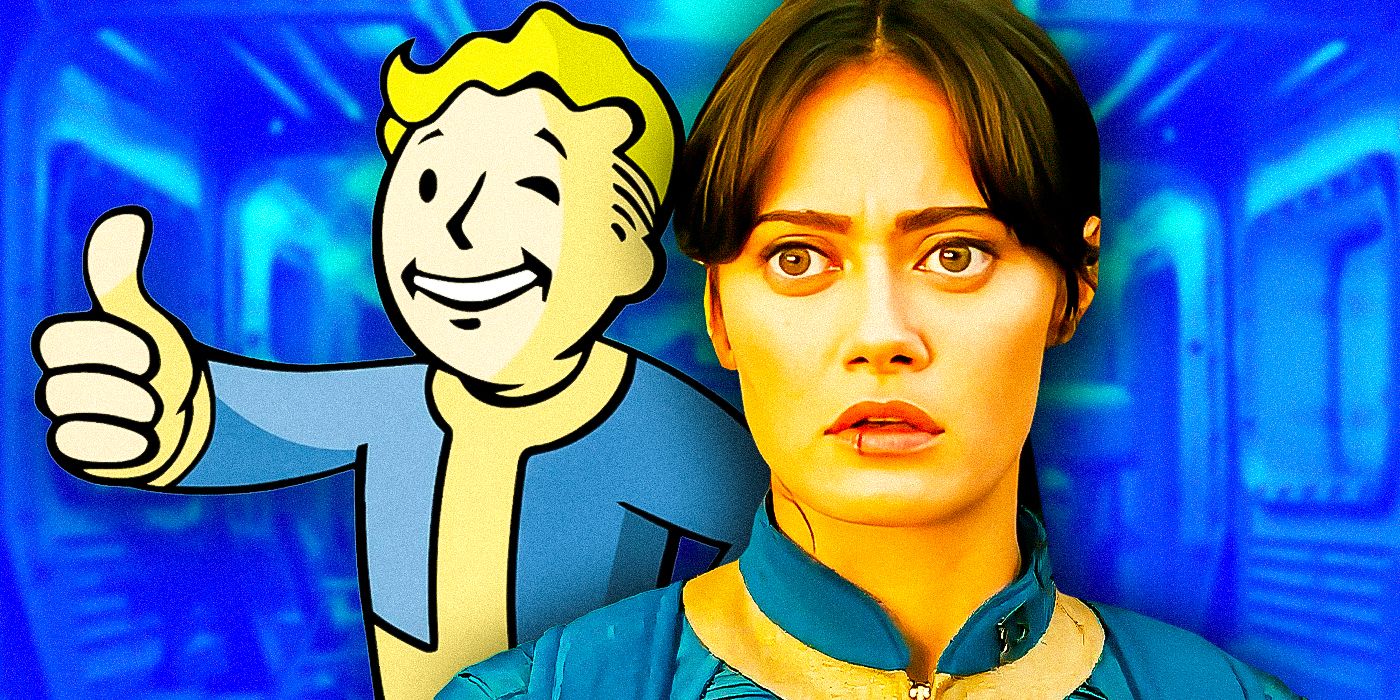
Related
Who Is Vault Boy? Fallout’s Vault-Tec Mascot & Origins Explained
Vault Boy is one of the most instantly recognizable icons of the Fallout franchise, and there’s a good reason for his enduring popularity.
Another Easter egg to The Good, the Bad, and the Ugly came in episode 7, which started off by showing a family finding the Ghoul seated at their table, nonchalantly eating a meal. The framing of the scene immediately set a grim tone, as it neatly paralleled Angel Eyes’ debut in The Good, the Bad, and the Ugly. After maintaining a sociable attitude toward the farmer whose home he entered, Angel Eyes asked the man a series of questions. After all were answered, he killed the man and his family in cold blood.
How things played out in The Good, the Bad, and the Ugly lent itself well to the suspense in Fallout’s interpretation of the interrogation. After finishing with his questions, there was an extremely tense moment in which the fate of the settler’s son was uncertain. And although Walton Goggins’ character isn’t as unapologetically evil as Angel Eyes, the scene still resulted in bloodshed, as the teenager – goaded by the Ghoul – went for his gun and was shot in the process.
Why Fallout’s The Good, The Bad, And The Ugly References Are Perfect For Amazon’s Show
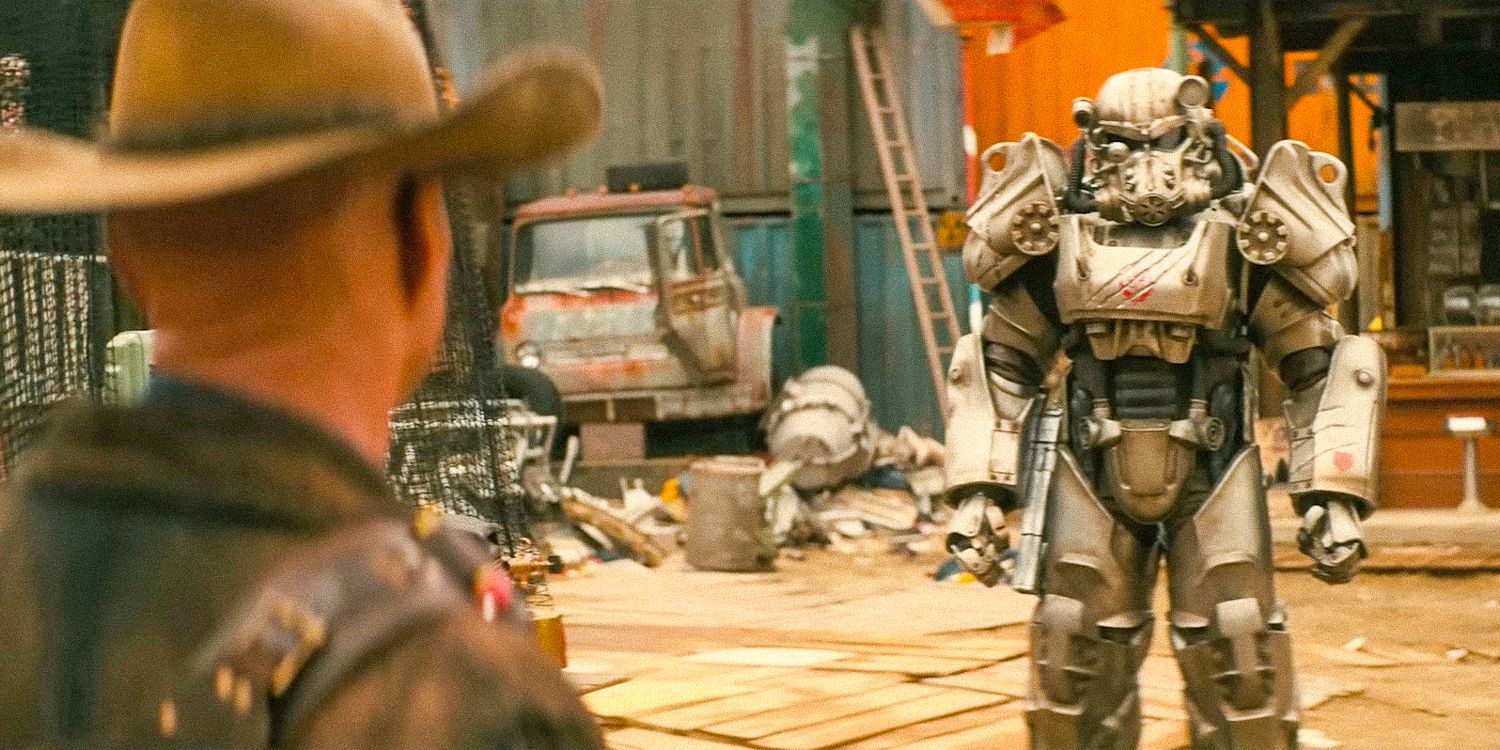
In spite of the source material’s link to the Western genre, there was no reason to expect The Good, the Bad, and the Ugly to have such a heavy influence on Amazon’s Fallout adaptation. That said, the direction it took with its narrative made its references fitting nonetheless. After all, it’s important to note that whereas the games focus on the experiences of the Vault Dweller, Amazon’s show is a story about three different characters who represent separate corners of Fallout’s post-apocalyptic world.
None of Fallout’s protagonists are perfect caricatures of Angel Eyes, Tuco, or The Man With No Name, but their places in the story more than justify the show’s The Good, the Bad, and the Ugly tributes. In contrast to a lot of popular Westerns that preceeded the film, there was a strong sense of moral ambiguity to its world, as even “The Good” was an opportunist whose main motivation was personal profit.
Fallout embraces the spirit of the movie by depicting nearly every character making morally questionable choices. The Ghoul himself stands as an example of how the apocalypse can strip away what makes a person good. This very idea is voiced by Michael Emerson’s Dr. Wilzig, who points out that Lucy will be changed by being on the surface.
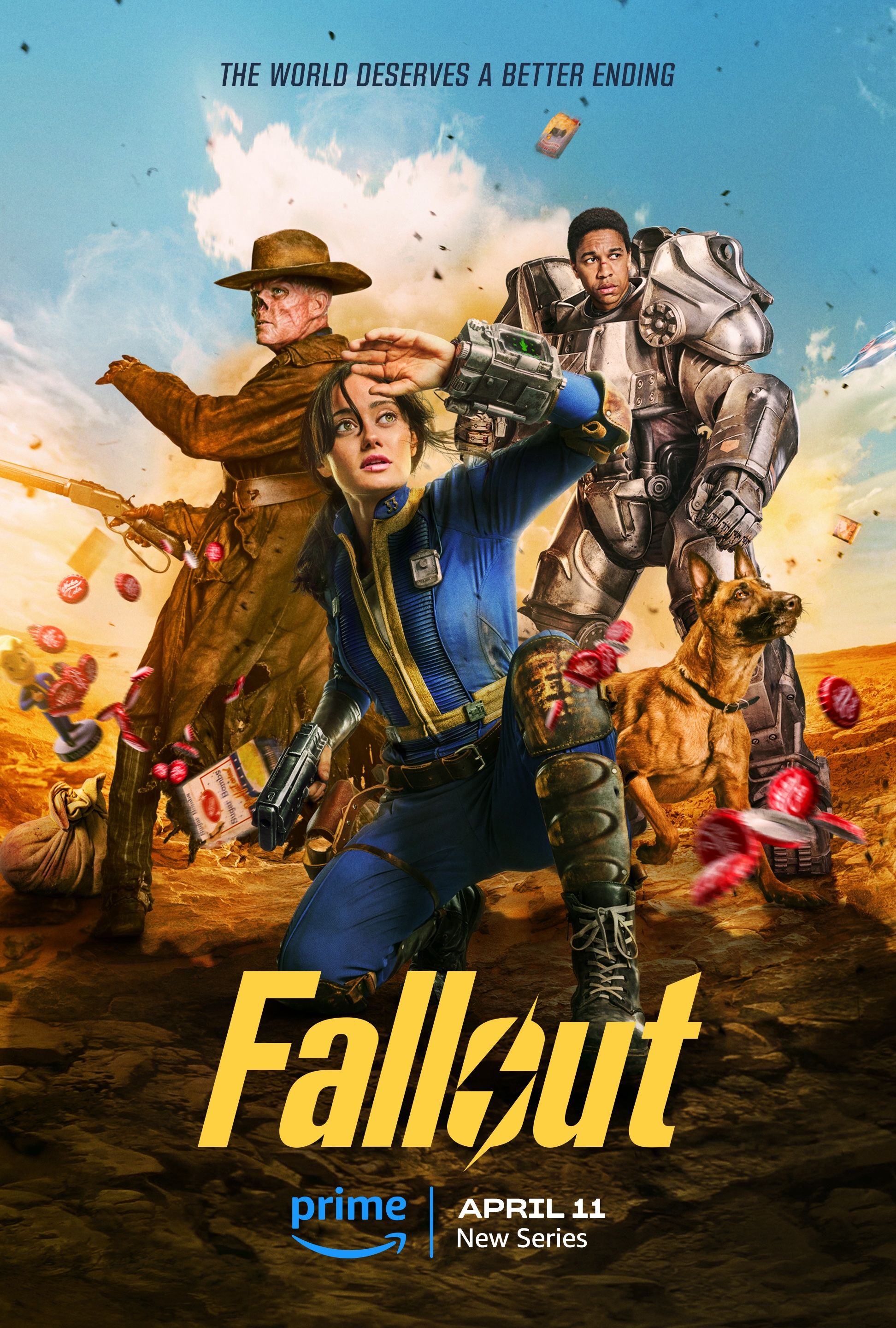
Fallout
- Cast
-
Walton Goggins
, Ella Purnell
, Kyle MacLachlan
, Xelia Mendes-Jones
, Aaron Moten - Seasons
-
1
- Franchise(s)
-
Fallout
